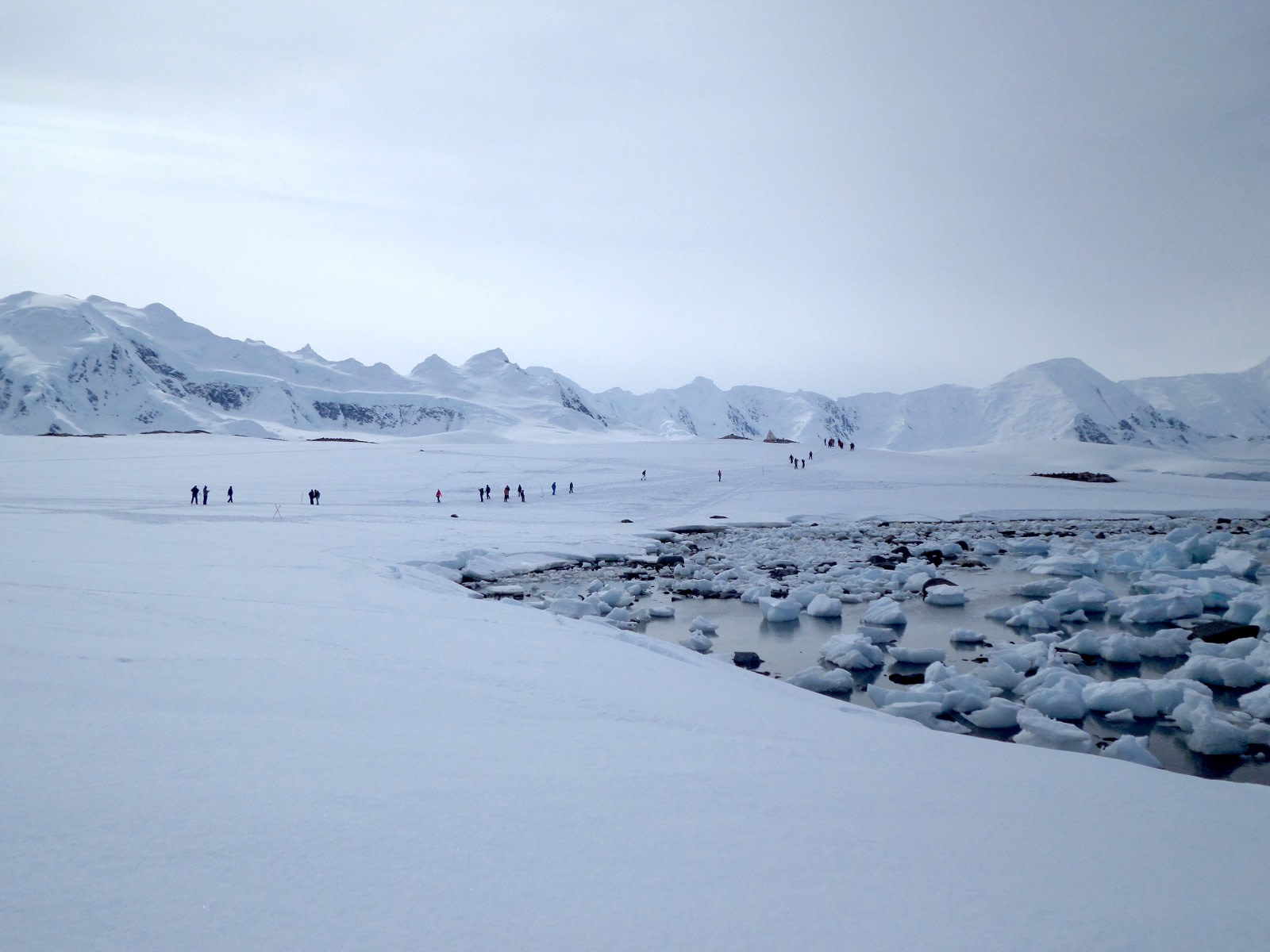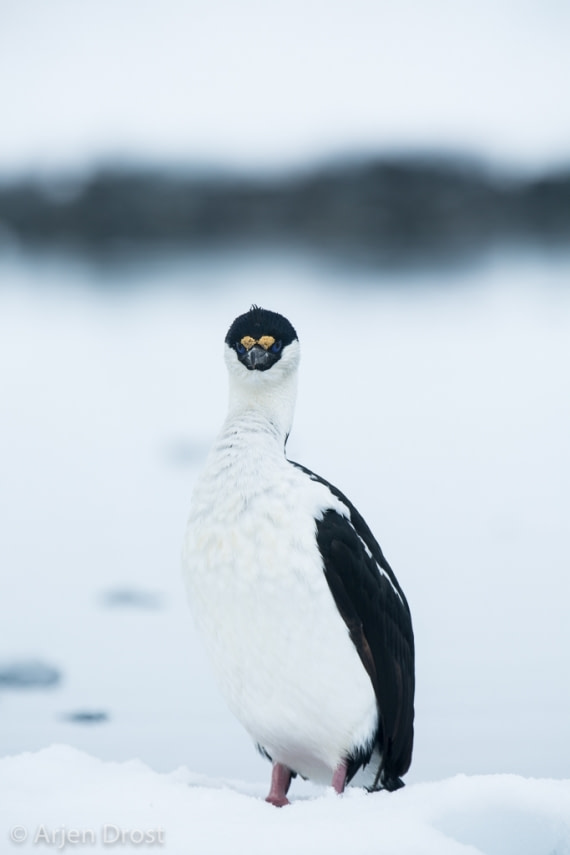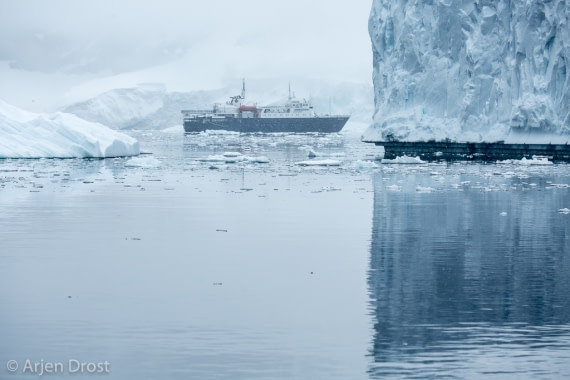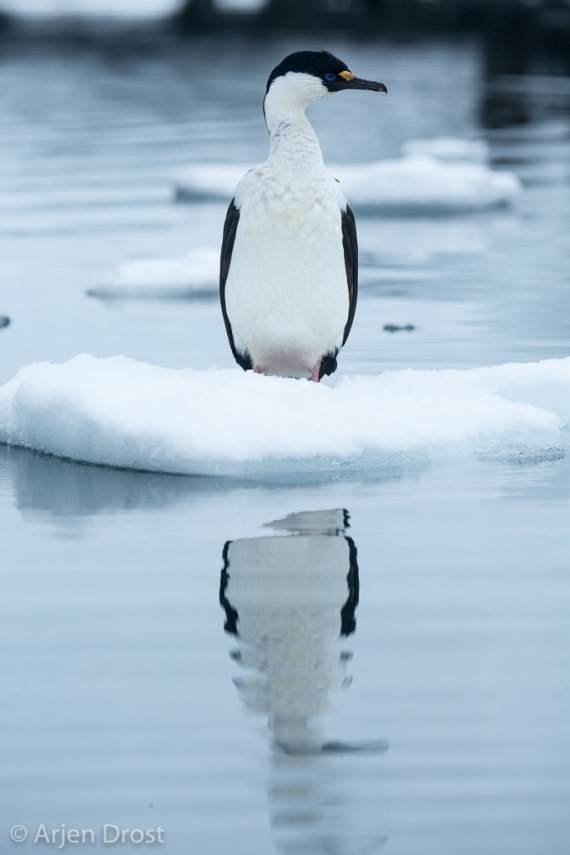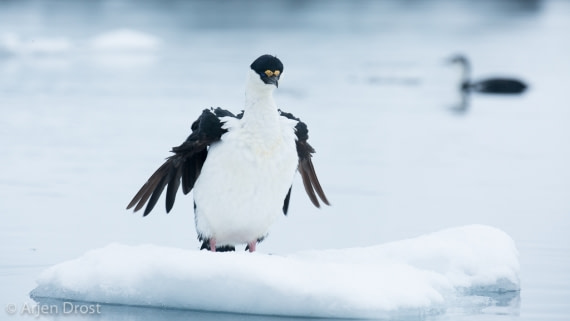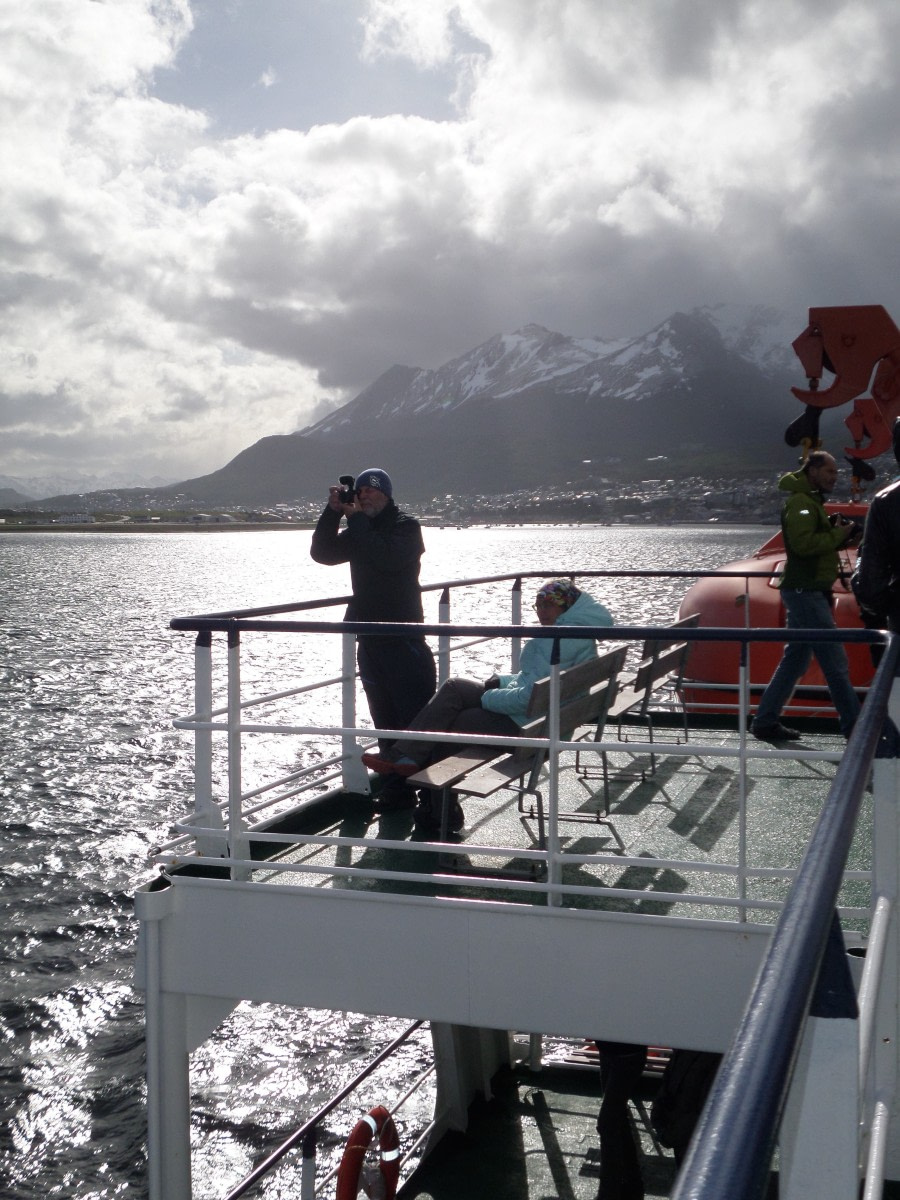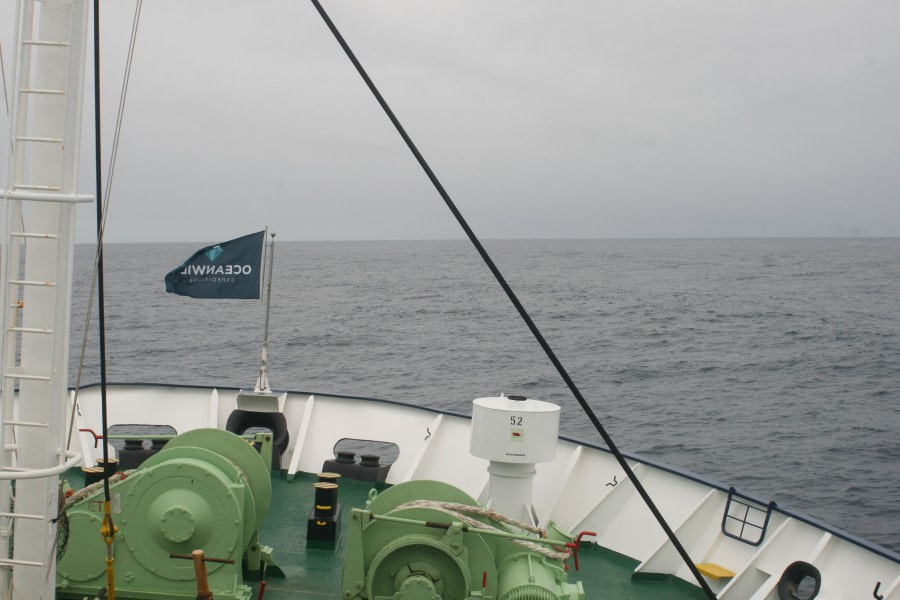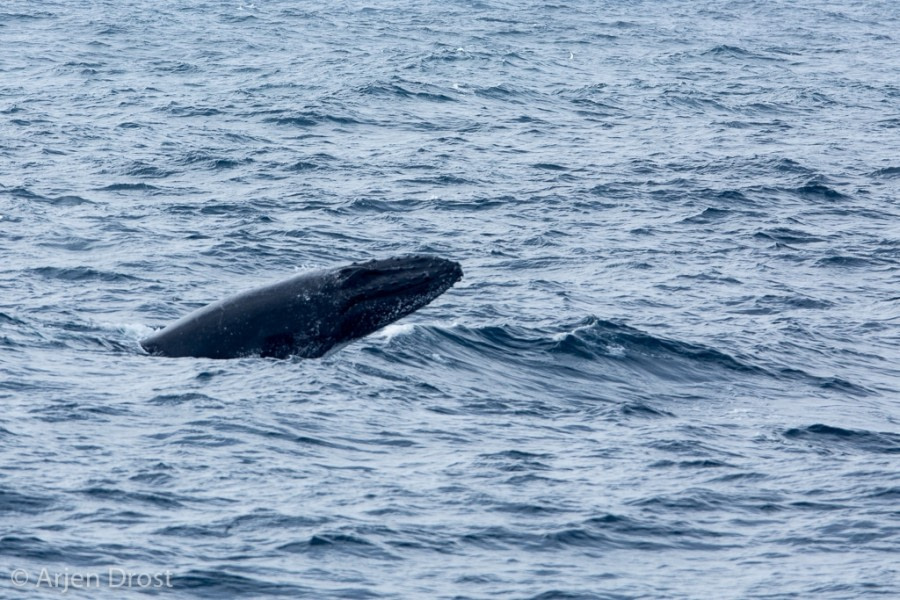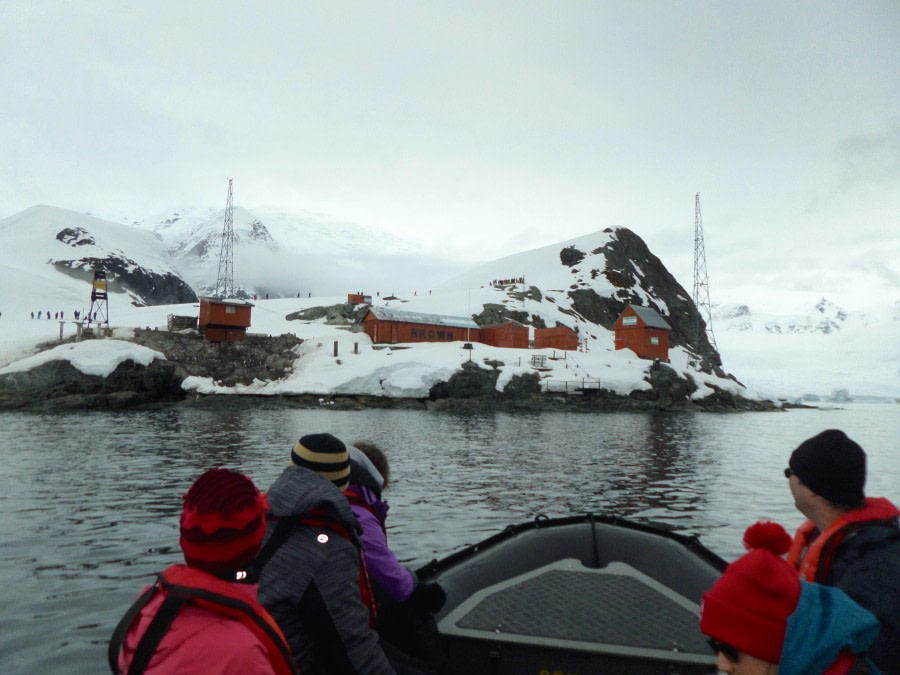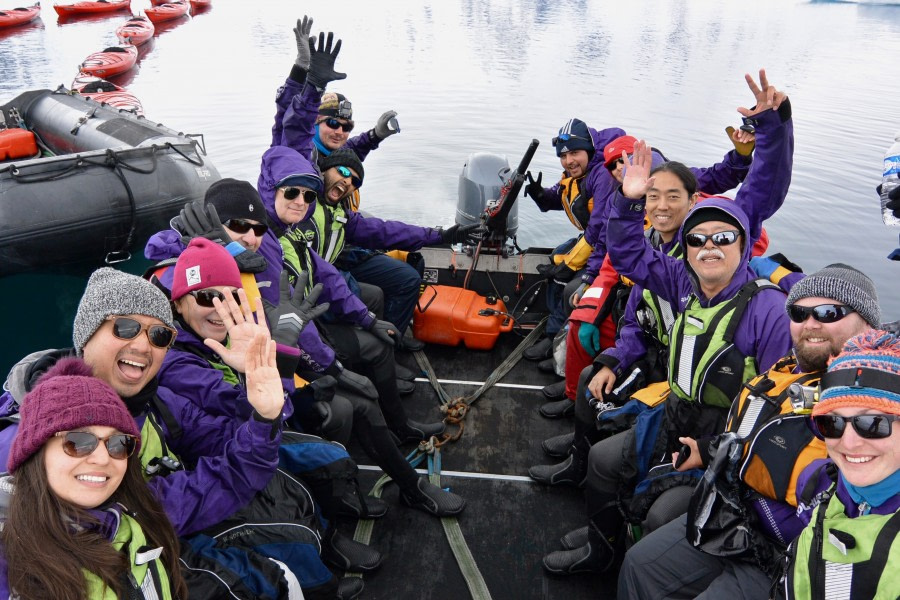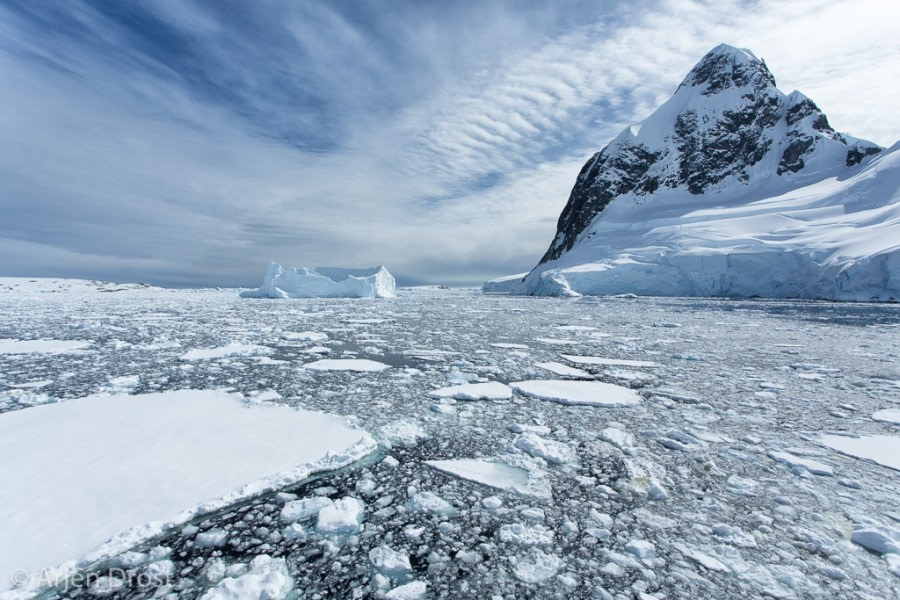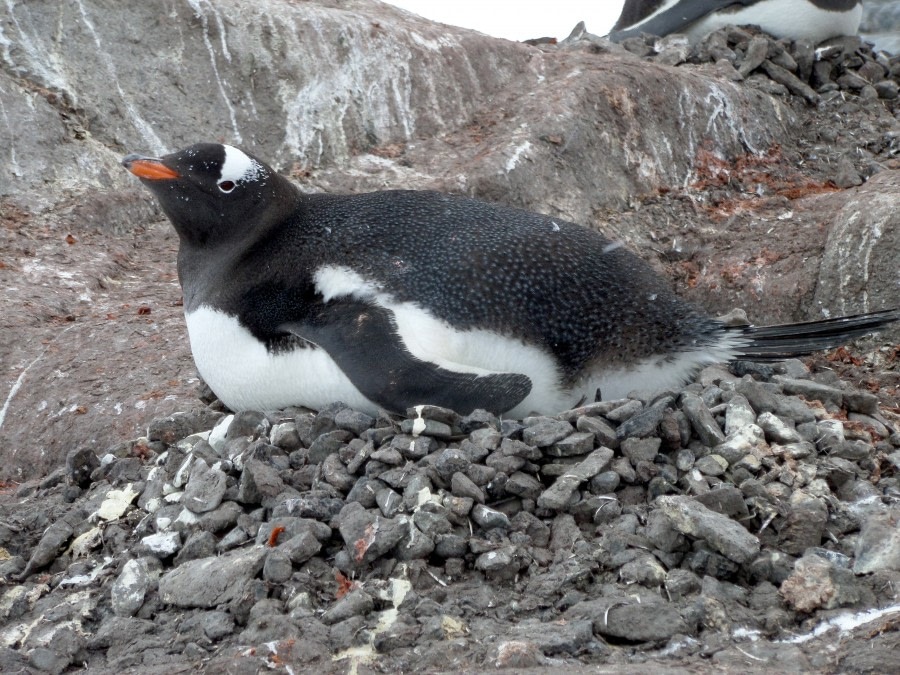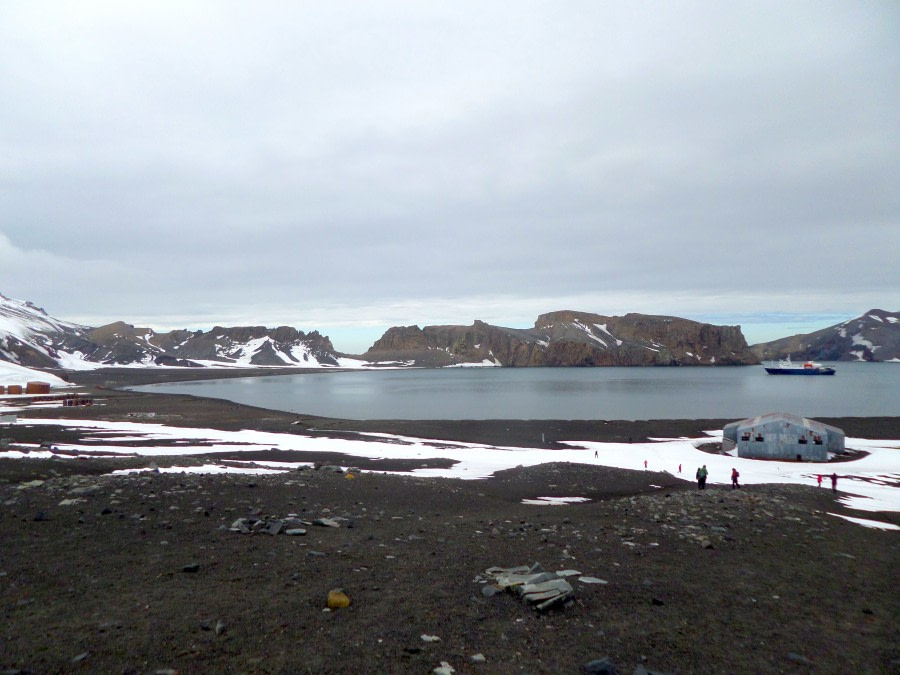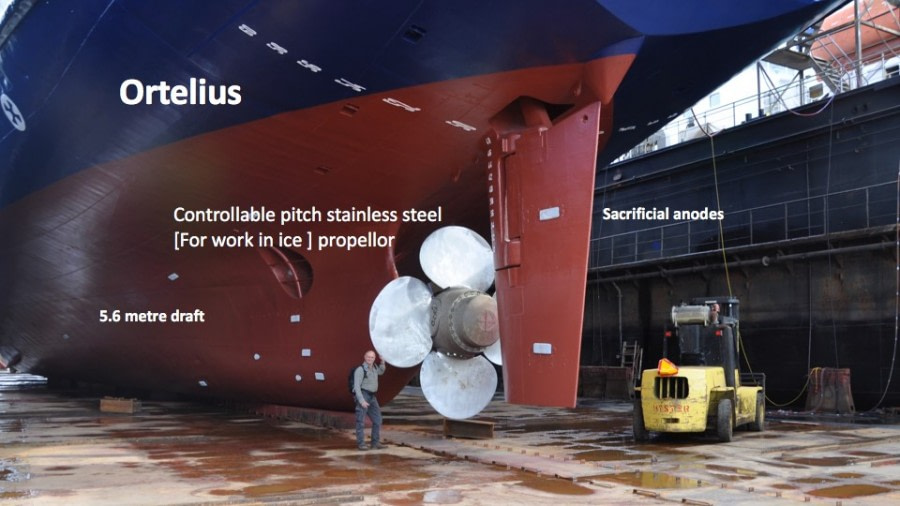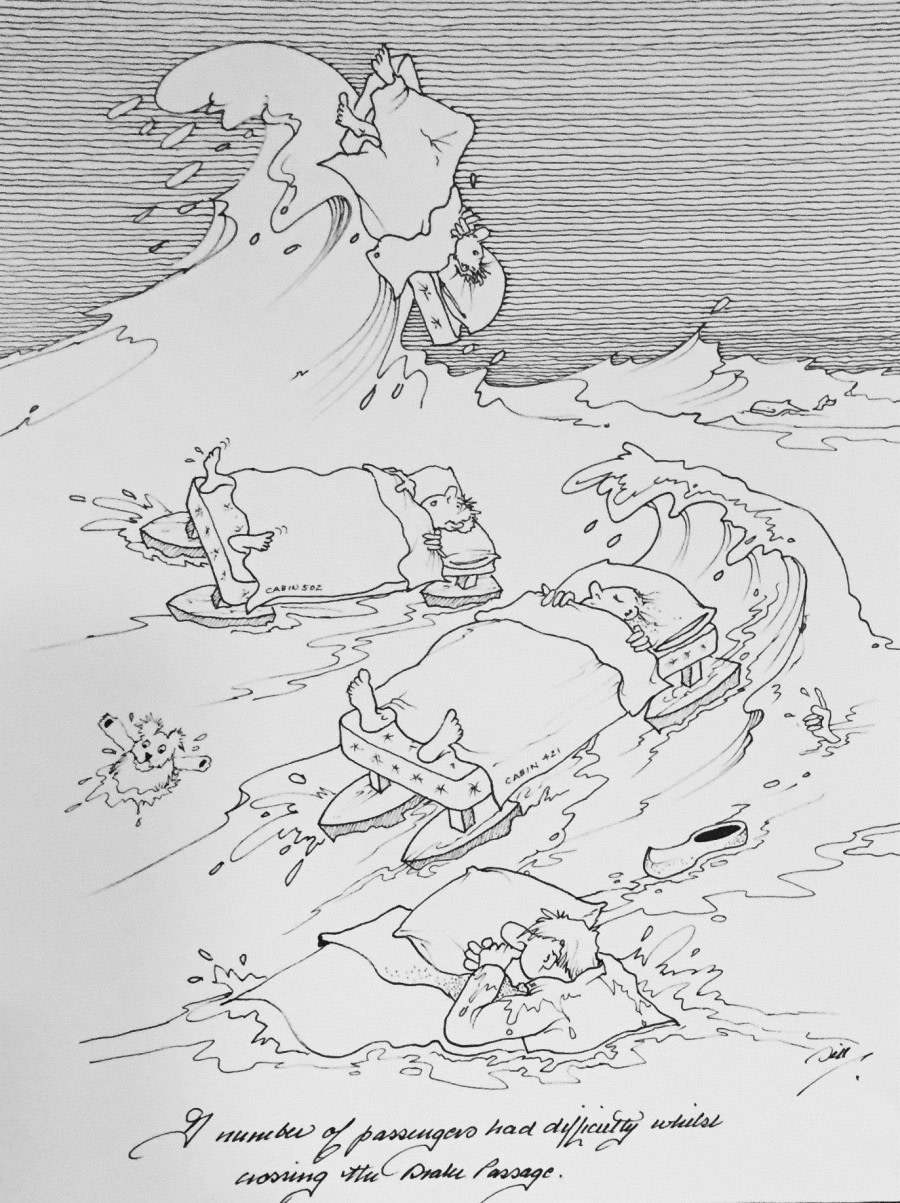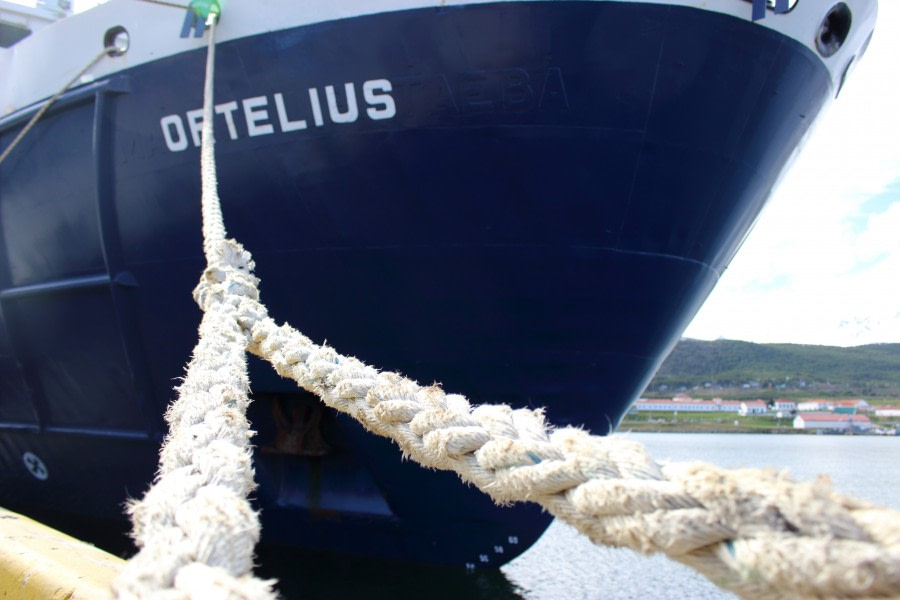| Datum: | 06.12.2017 |
| Position: | 54°48.6‘S, 068°17‘W |
| Wind: | SW 3 knots |
| Lufttemperatur: | +6 |
We gathered from all corners of the globe, arriving in Ushuaia, the Argentine city at The End of the World, ready to begin our adventure. The day, even though it was high summer, was damp, windy and cool, so it was good to board Ortelius, our new home for the next 11 days. We were greeted by DJ and Sava, the Hotel Manager and Assistant Manager, and shown to our cabins by crew we would get to know over the coming days. After a short time to settle in, Sebastian (Seba), our Expedition Leader, invited us to the Lecture Room on deck 3, where we had a mandatory safety briefing given by Luis, the Third Officer. That was immediately followed by seven short and one long blast on the ship's alarm system, and we gathered our big orange lifejackets and practiced our mustering in the Bar, on deck 6. We were all accounted for and lead to the lifeboats on deck 7, then, practice over, we scattered again, to our cabins and the outer decks. We threw the lines and left the dock, sailing down the Beagle Channel with accompanying gulls flying around us. As Ushuaia and the surrounding mountains disappeared into the distance, the rolling hills of Tierra del Fuego spread down either side of the channel, with only occasional small Estancias passing by as we sailed. Bird life increased, with cormorants and Cape Petrels flying by. Once we were under way, we were invited to the bar, where DJ explained how the ship worked, and we learned the practical side of life on the ship. This was followed by a welcome by our Captain, Mika Appel, and a toast or two with champagne and orange juice. Seba and the Expedition Team then fully introduced themselves, and we met our Expedition Doctor, Lauke. Our first dinner was noisy and entertaining, as we introduced ourselves to strangers who would become friends over the course of the journey. After dinner, most of us retired to unpack and catch up on sleep, some hoping that our passing into the Drake Passage would be gentle and uneventful, some hoping for a more eventful Drake crossing. A few more hardy and rested souls went up to the bar, to get to know Rolando, our friendly bartender, and step outside to watch the South American countryside pass by.
